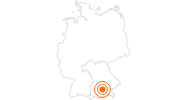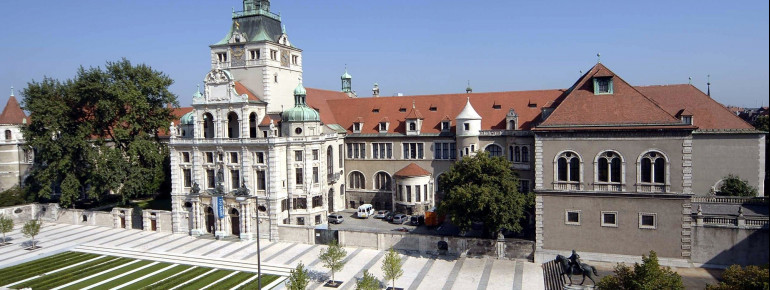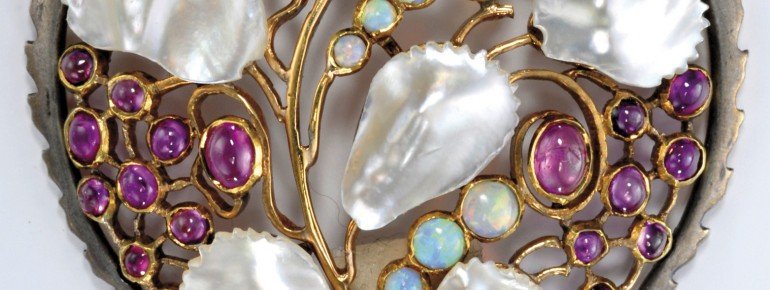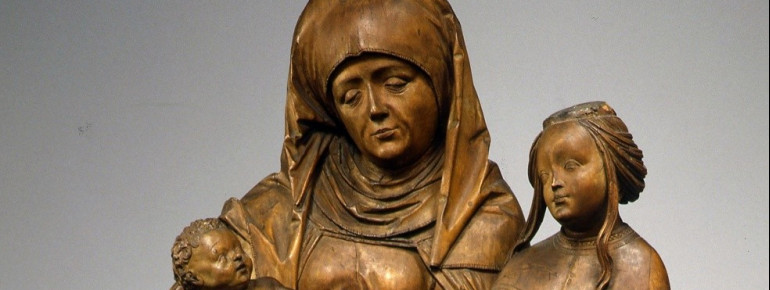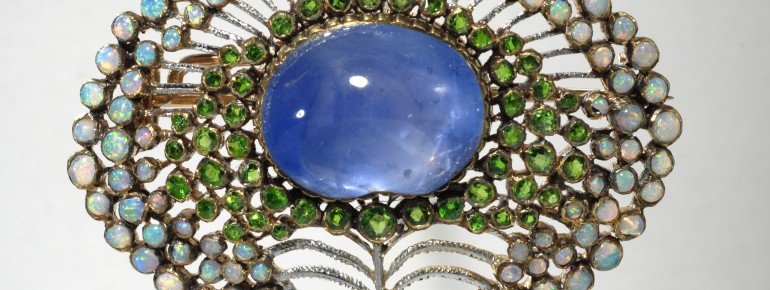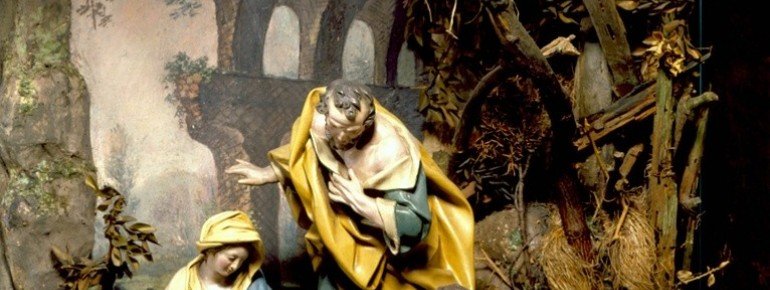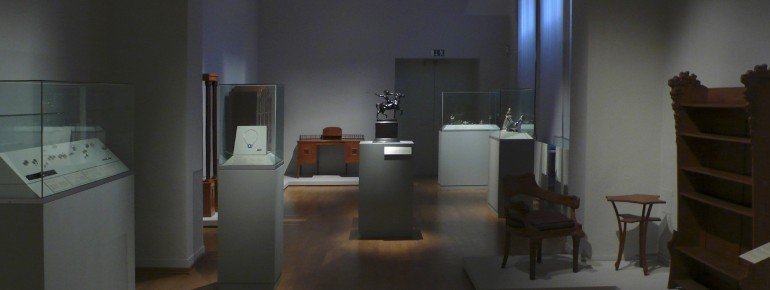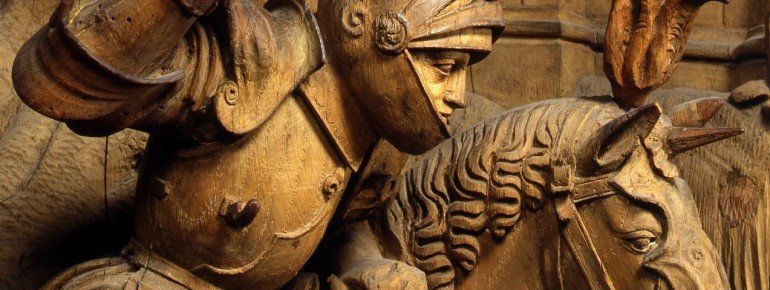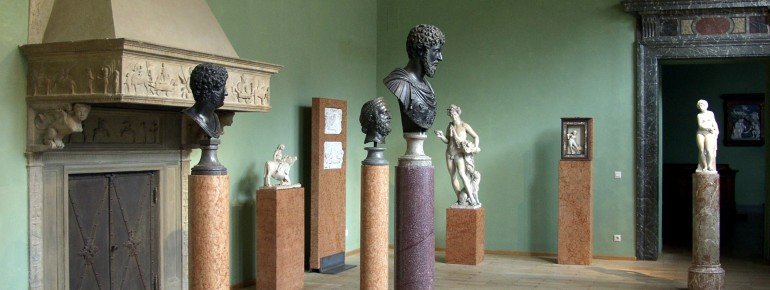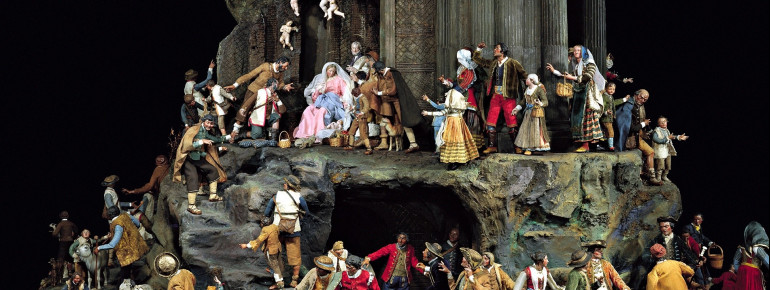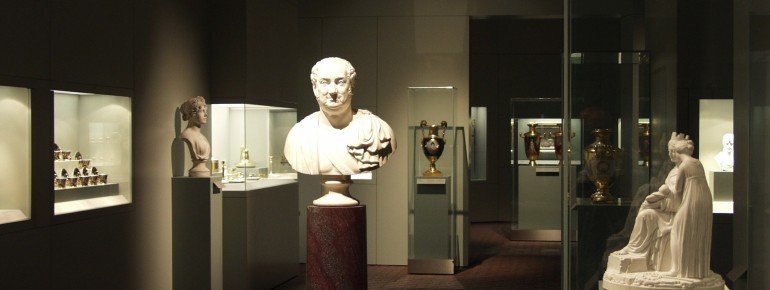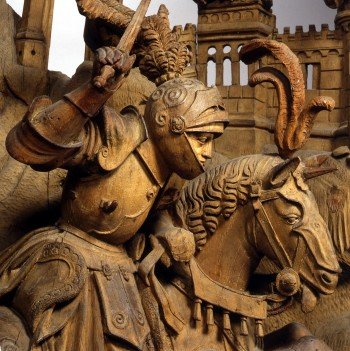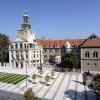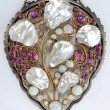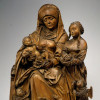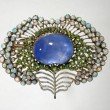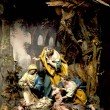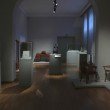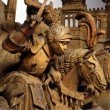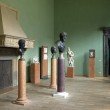Contents
Description
The Bavarian National Museum (Bayerisches Nationalmuseum) in Munich is one of the most important museums of decorative arts in Europe. It was founded by king Maximilian II of Bavaria in 1855, and is home to a large collection of European artifacts from the late antiquity to the early 20th century with a particular focus on the medieval through early modern periods.
The main building of the Bavarian National Museum includes exhibition rooms with a total of about 13,000 square meters. The core of the collection goes bacck to the art collection of the Wittelsbach family. This gives the National Museum an importance far beyond the local area. Diversity and breadth of the collections, however, were particularly motivated by the new additions to the subsequent period. To date, the inventory is continuously updated.
The art collection displays artworks in a tour through more than forty rooms from the hall for late antiquity and Romanesque art via the rooms for Gothic, Renaissance, Baroque and Rococo art to the exhibits of Neoclassicism and Art Nouveau. The western side wing of the museum features the Bollert Collection with late medieval sculptures.
How to get there
Public Transportation:
Tram Line 18: Stop Nationalmuseum/Haus der Kunst
U-Bahn (Metro) U4/U5: Stop Lehel. From there it is about a 5 minutes' walk or one more station by tram (Line 18 towards Effnerplatz, stop Nationalmuseum/Haus der Kunst) to the museum.
Bus: City bus 100 (Museum line): Stop Nationalmuseum/Haus der Kunst
By Car:
Parking available near the museum (fees!), e.g. Lerchenfeldstraße, Himbselstraße or behind Haus der Kunst (Prinzregentenstraße 1, 80538 München).
